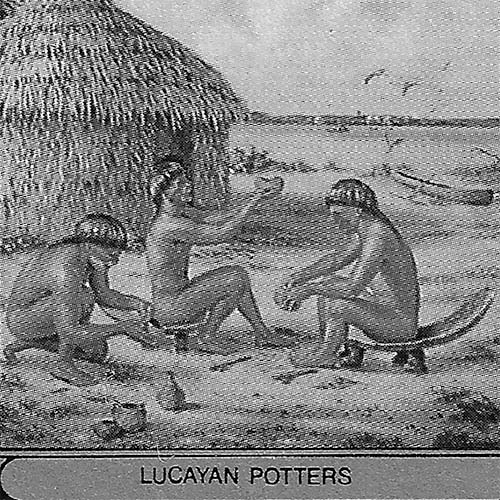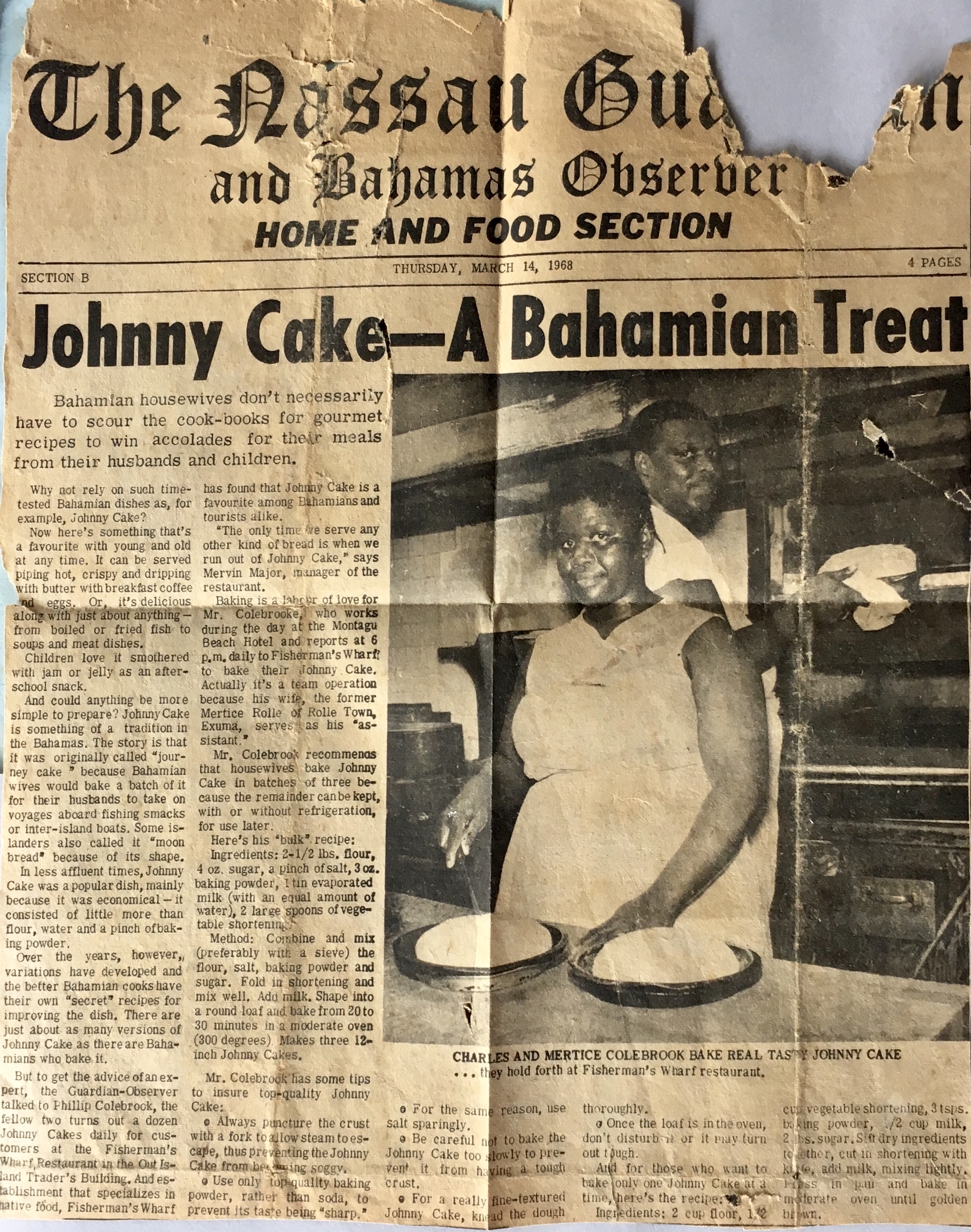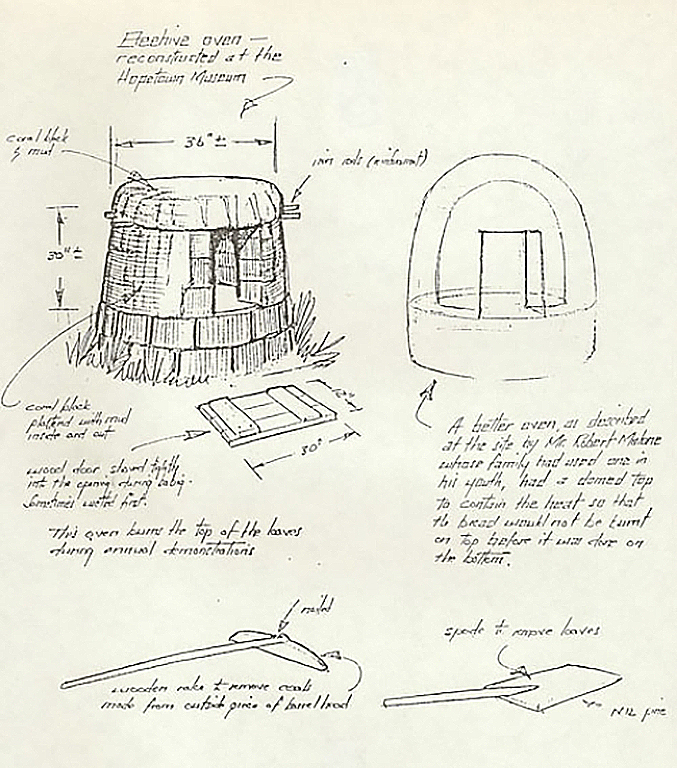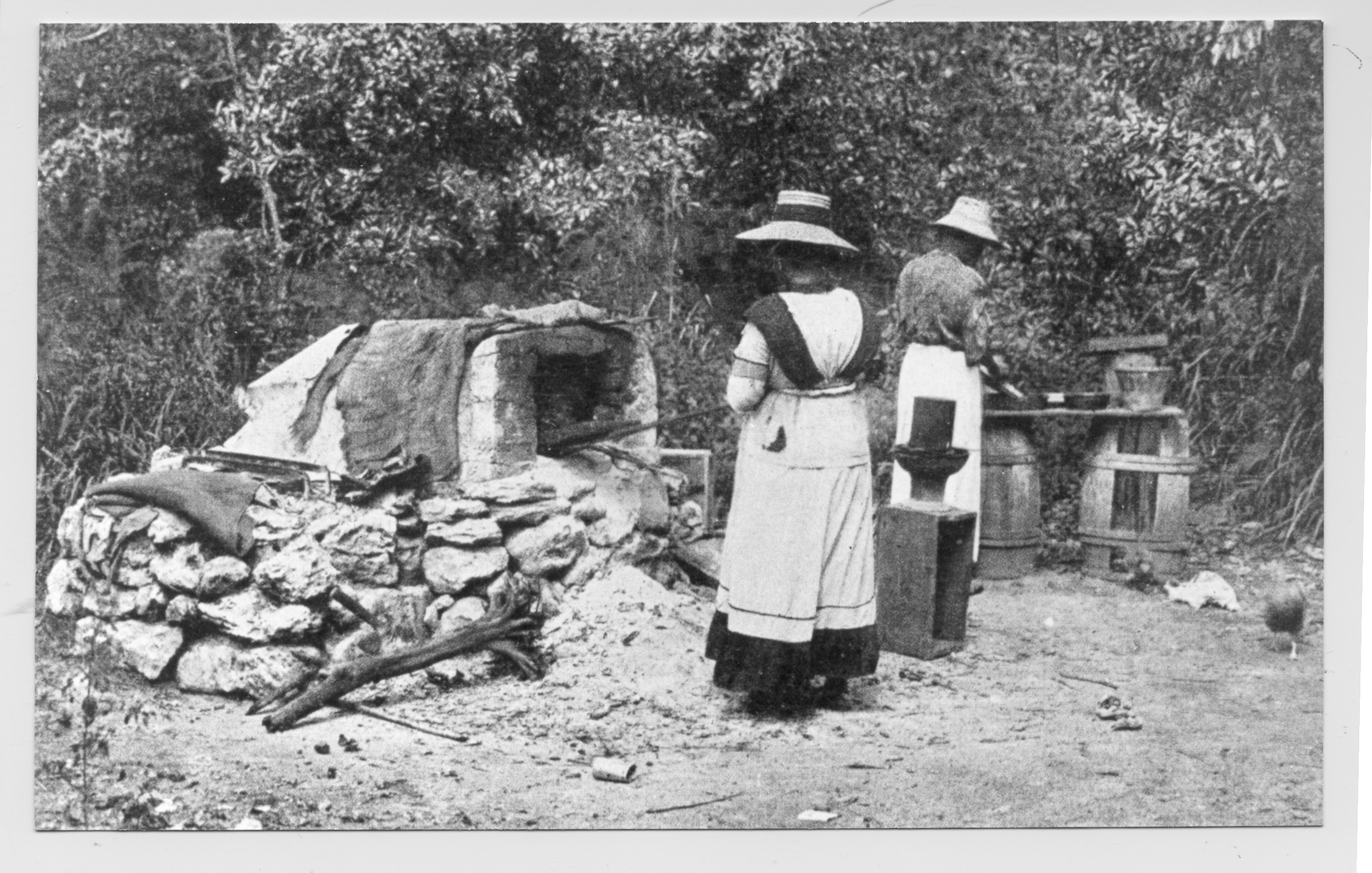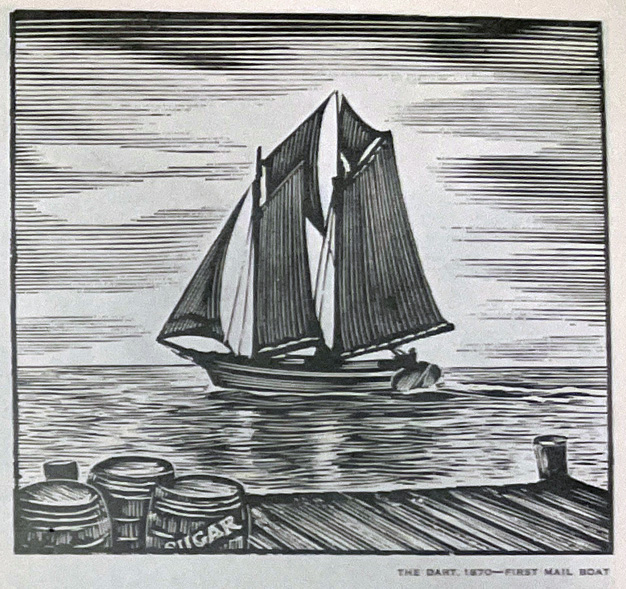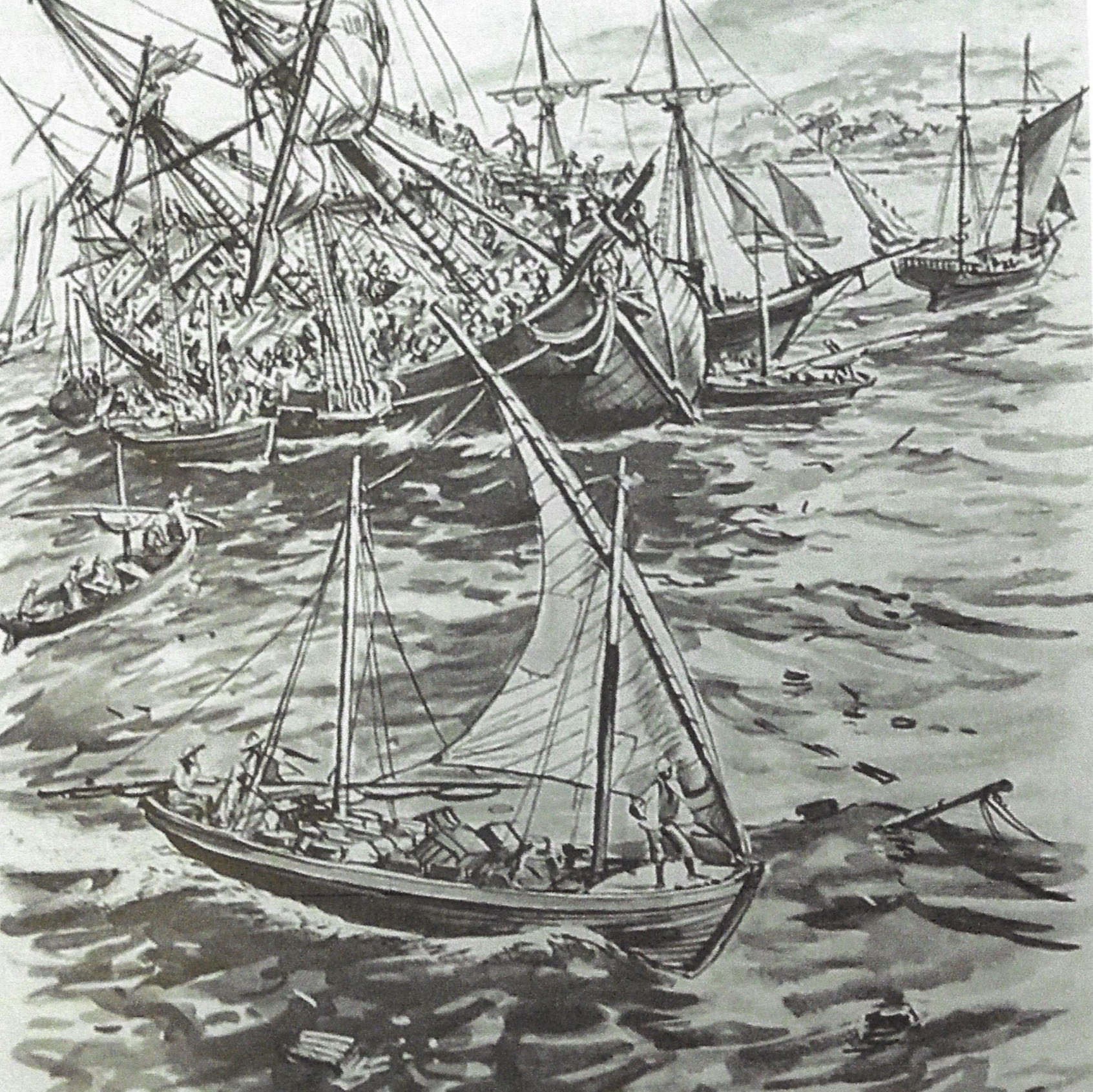Culture
Food Ways
The cultural, social, and economic practices relating to the production and consumption of food in the Bahamas have been influenced by the diversity of its original settlers. Africa, England, United States and the West Indies have each contributed to the foodways of the country.
Immigrants from the southern United States brought grits as a major component of their diet. Johnny cake, historically prepared with corn grits, transitioned to preparation with flour in the Bahamas. Originally called “journey cake” because Bahamian wives would prepare for men to take on voyages aboard fishing smacks, it is easily prepared with flour, water, baking powder and lard.
West Africans arriving in the Bahamas as slaves between 1600’s-1800’s contributed such foods as peas and rice, fritters, stew fish or stew chicken. The “short water” method of cooking suited the lack of potable water found in the archipelago.
The British contributed the steam method of cooking. Foods prepared with fruit, such as banana bread and guava duff can also be traced to the arrival of the English. Curries, salted cod-fish and ackee preparation, and roti came from the West Indies
"The principal food of the coloured population is Indian corn, grits, and fish ... The grits sold in Nassau come from the states, and are, as a rule, of the very worst quality ... The people boil it and make with it what is called hominy, but very different from the dish known by that name in the United States. Curry, cod-fish and ackee and roti came from the West Indies."
The Land of The Pink Pearl (1888) L.D. Powles
Kitchens were a separate attached room, but most cooking was done in the open air. Ovens shaped like a beehive, rock ovens are used for baking. Empty oil drum barrels were also converted to ovens.
Grits formed the basis of most meals with the addition of crab, conch, lobster, turtle or fish as it was available. Chickens, hogs and goats were raised for meat, with the fat from hogs rendered for cooking. Often, an animal would not be slaughtered until there were enough customers in the island community because power and refrigeration were not available for preservation.
Though arable soil is rare, crops such as corn, okra, tomatoes, pigeon peas, sweet potato, pumpkin, cabbage, cassava, thyme and yam were grown. Indigenous fruits, such as cocoplum, sea grapes, soursop, sugar apple, guava, hog plum, tamarind and pigeon plums were preserved as jams. Mango, sugar cane, bananas, plantain, soursop, ju-ju, guineps and coconuts were also grown.
Coconuts were traditionally used in a variety of ways. The “milk” is a natural sweetening agent in curries, stews, rice dishes, and breads. The coconut “flesh” is commonly added to baking dishes for desserts or even some beverages.
The mailboat transported produce grown in the out islands to the markets in Nassau. Supplies, such as flour, grits, sugar, kerosene, lumber and mail were delivered on the return trip. Tinned, or canned products, such as corned beef and evaporated milk were also available.
With no refrigeration the protection of consumables from a wide variety of vermin and pests presented a problem. Oral history recounts perishable being stored in tightly sealed oil drums for protection.
There are no chimneys in the Bahamas and but few stoves. Boiling and frying are done in a small shed over an open fire, built on a box of sand; while for the baking is employed an oven of the same sort as our foremothers knew by the name of the "brick oven." It is a cone made of coral sand-stone into the upper half of which is hollowed an oven. In this oven a fire is built and kept burning for several hours until the rock is quite hot, then the fire is raked out and the food to be baked is placed in the oven.
The American Journal of Psychology, Volume II, August, 1889 No. 4
Folklore of the Bahama Negroes, Charles L. Edwards
